Final Project Idea:
Ludic Device as an Experiential Resource for the Elderly
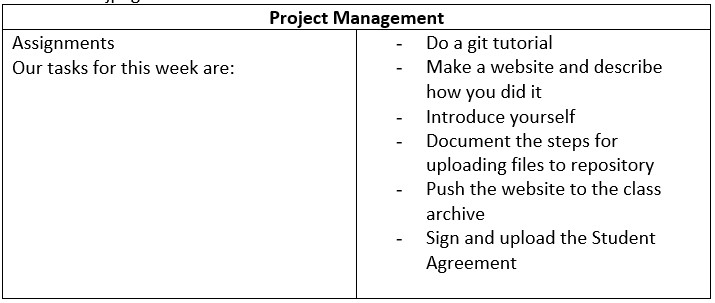
The ageing of the population is often considered a social problem, which is centred on its physical and psycho/social functional deterioration. In this sense, it is necessary to reimagine ageing and change the mentality of designing for ageing by thinking about playful devices to mitigate the cognitive decline of such individuals.
It should be emphasised that play should not be understood only as entertainment, as it stimulates cognitive and sensory activity, because it demands logical reasoning and memory, stimulates physical and constructive activities, by requiring motor coordination and physical agility, as well as stimulating strategic reasoning and manual dexterity. From this perspective, physical, cognitive and emotional activities in later life are crucial to stimulate brain activity and contribute to the maintenance of quality of life. In addition, games stimulate social interaction and contribute to socialisation and the maintenance of emotional and affective health.
To design an interactive play device as an experiential and experiential resource to mitigate cognitive impairment in the elderly.
- To understand the developmental context of the older adult through a user ethnography.
- Relate the game logic of the interactive play device to the cognitive and emotional needs of the older adult.
- Combine advanced design and digital fabrication techniques for the development of an interactive play device proposal.
Justification & Methodology
The practice of play is present in all cultures. It has evolved along with social construction in order to respond to the demands of the current context. In this sense, in order to design the interaction between the elderly / play device, digital fabrication techniques and tools are used to materialize the significant value of play focused on mitigating the cognitive impairment of the elderly through the stimulation of brain activity.
The project focuses on changing the mindset of design for ageing by thinking about interactive play devices to mitigate the cognitive decline of such individuals.
Vision in Product Design (VIP)
ViP distinguishes between the preparation phase and the designing phase. In the preparation phase the current product(s), product-user interactions and context of those interactions are questioned. In the designing phase, the future context, interactions and design are developed.
1. Why? / Context level
2. How? / User interaction level
3. What? / Object level
My First Sketches
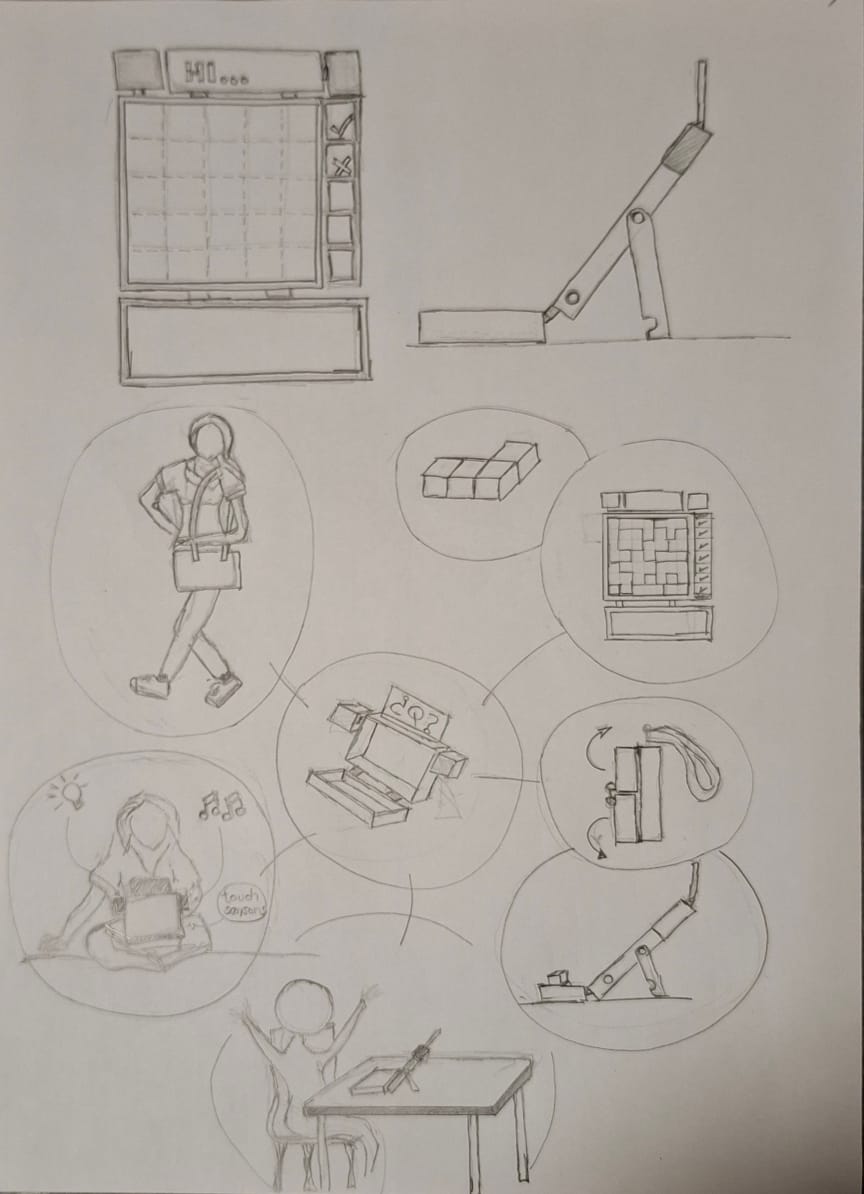
Initial Concept
Early exploration of the interactive ludic device design.
Project Management
This week I had my first approach in a very long time to HTML so I could create this site. I believe my notes functioned as a tutorial, I'll write it right here.
Did some research to understand what GIT is and how to use it. Git is a distributed version control system that tracks changes to code, allowing multiple developers to collaborate efficiently on a project. It manages change history through commits, organizes work into branches, and makes it easy to merge different versions. Developers can send and receive code to and from remote repositories, such as GitHub or GitLab, ensuring synchronized and organized collaboration. Git also allows selective preparation of changes before committing them, making it an essential tool for software development.
So, what is Git in a nutshell? This is an important section to absorb, because if you understand what Git is and the fundamentals of how it works, then using Git effectively will probably be much easier for you. As you learn Git, try to clear your mind of the things you may know about other VCSs, such as CVS, Subversion, or Perforce — doing so will help you avoid subtle confusion when using the tool. Even though Git’s user interface is fairly similar to these other VCSs, Git stores and thinks about information in a very different way, and understanding these differences will help you avoid becoming confused while using it.
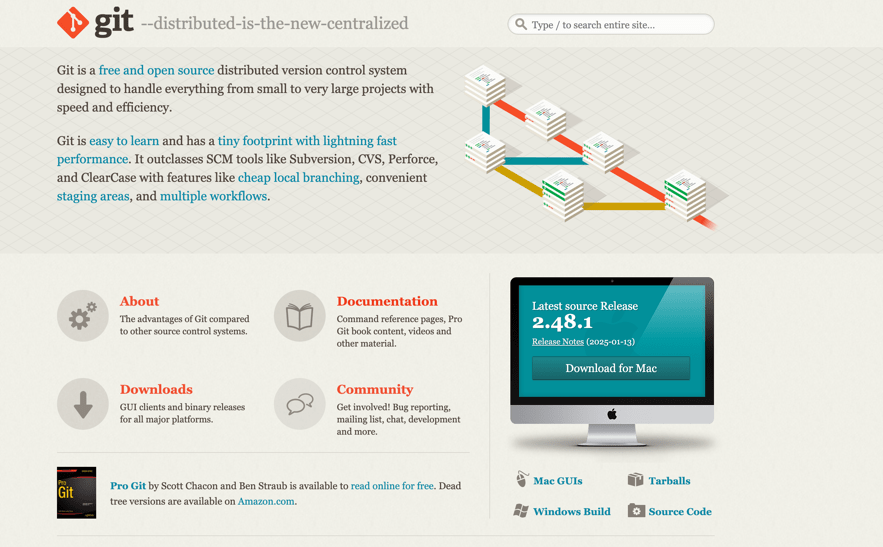
Go to the official Git website.
Choose and download the correct version for your operating system (Windows, macOS, or Linux).
Run the installation file and follow the on-screen instructions.
To confirm the installation, open a terminal.
GIT - for my origin repository and project management.

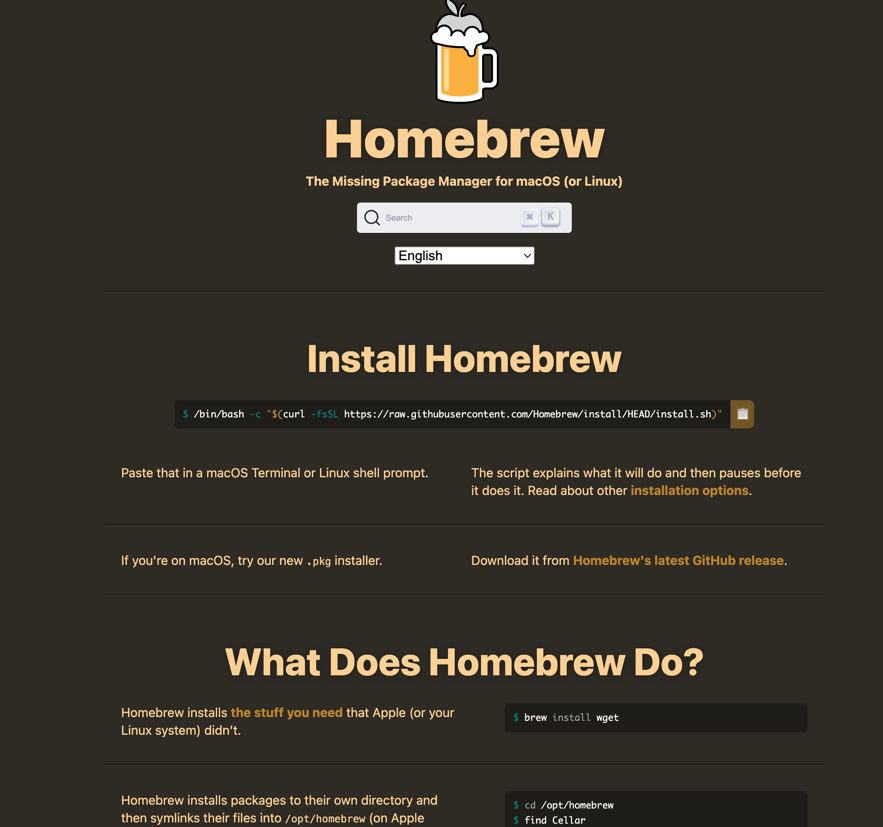
Before using Git, you need to configure your name and email address so that your changes are attributed correctly. To do this, you need to run the commands:
git config --global user.name "Your Name"
git config --global user.email "your_email@example.com"
A key was created. In this sense, the steps to generate an SSH key were developed. Two keys were created: one private and one public. The idea is to use the keys for encrypted communication between the laptop and Git. After this, I can work locally (on my computer) on the project. I only have to do this once for my portable device. If I want to work on another device, I have to do it again.
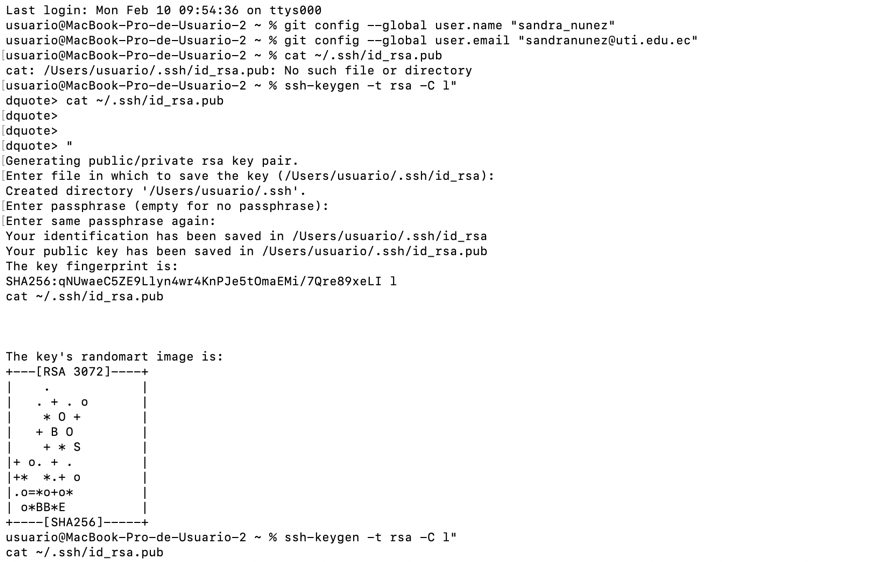
Website Setup
To start building my website, I visited HTML5 UP, a great resource for free responsive HTML5 templates.
I selected the Editorial template, which offers a clean and professional layout suitable for content-focused websites.
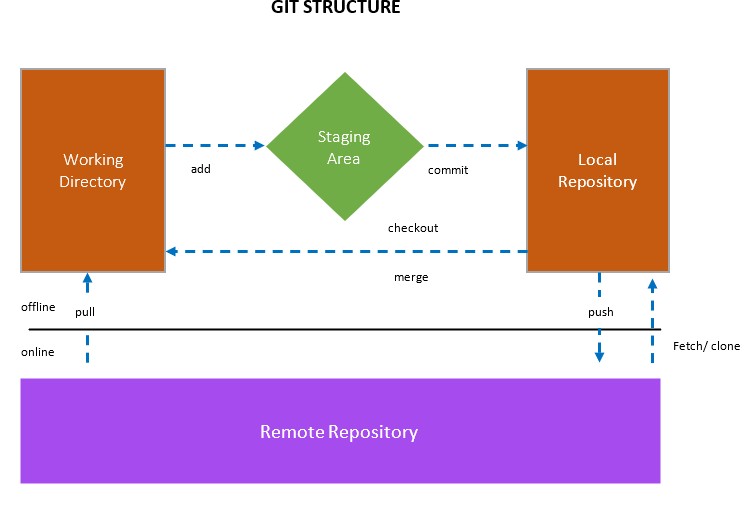

Once selected, I downloaded the template to my computer to begin customizing it.

To edit the website files, I used Visual Studio Code (VS Code), a popular and powerful code editor that supports HTML, CSS, JavaScript, and much more.
VS Code also integrates seamlessly with Git and GitLab, making it easy to track changes and push updates directly from the interface.
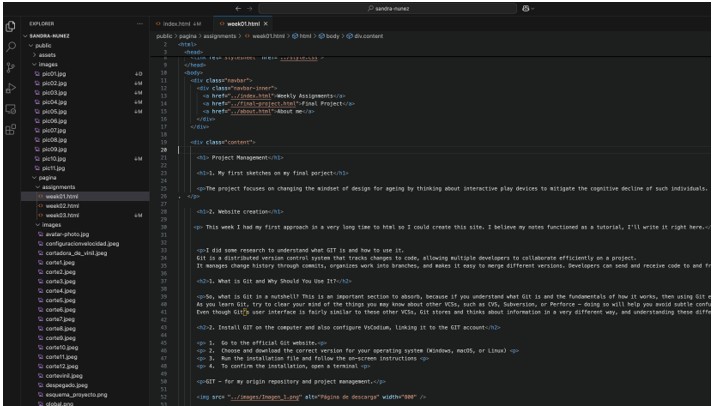
Conclusion
Week 1 at Fab Academy was very important because it was fundamental to understand the logic of the learning and project management process. For this, in the first instance I outlined the idea of my final project: The project focuses on changing the mindset of design for the aging by thinking of a playful interactive device to mitigate cognitive impairment of those people. At the same time, I was able to relate to basic project management practices. I was able to review the Git tutorial, installed and configured the tool, and learned how to connect Git to platforms such as GitHub or GitLab via SSH keys. This will allow me to document and track the development of assigned projects each week.